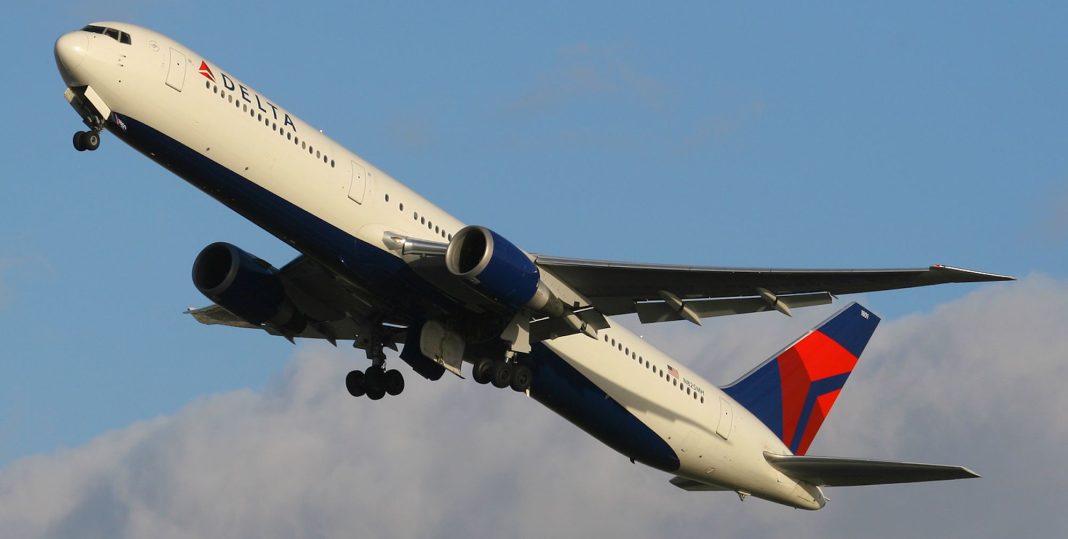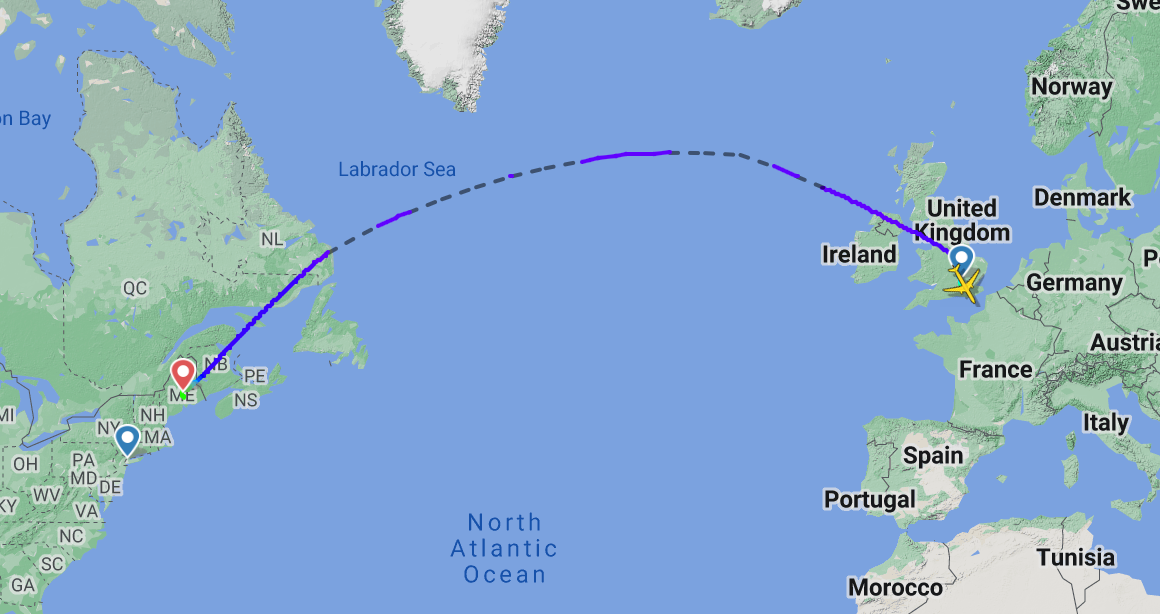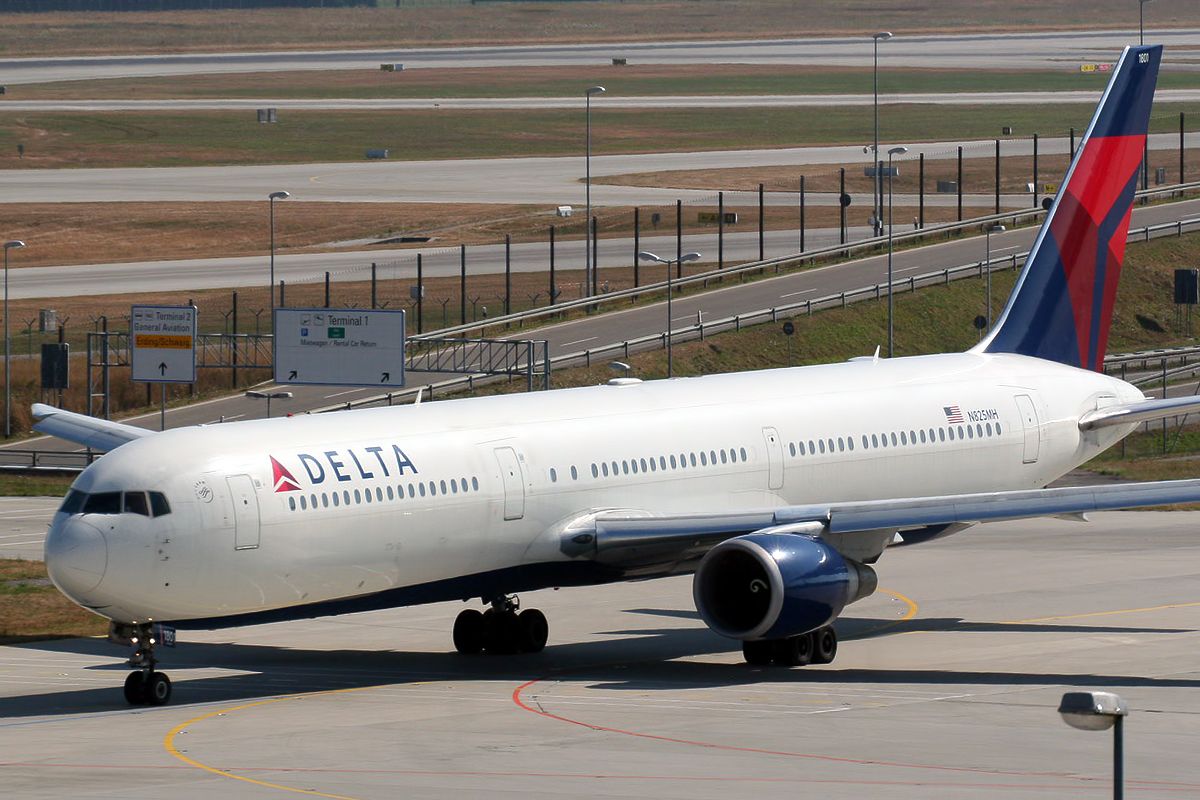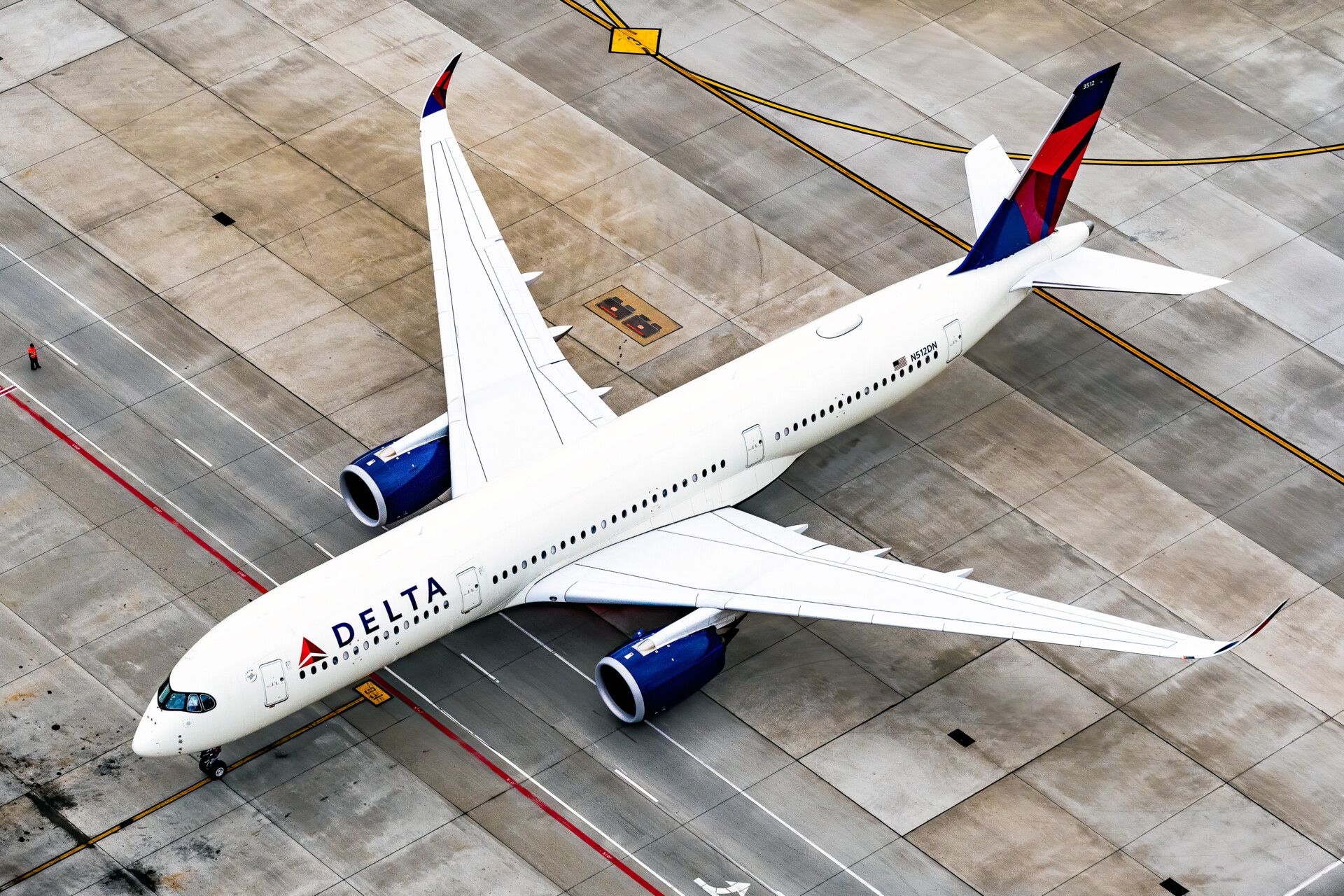It was a situation that clearly demonstrated the importance of simulator training and rehearsing various problem scenarios, despite their relative infrequency. On March 13th, a Delta Air Lines Boeing 767-400ER flying from London to New York encountered multiple instrument issues which prompted a diversion. The crew worked through the applicable checklists and had contacted maintenance twice before making the decision to divert. It was only on approach to the diversion airport that even more issues arose.
Incident details
With the incident taking place on March 13th, Delta Air Lines flight DL4 conducted a smooth and uneventful departure from London Heathrow at 16:16, headed for New York JFK. The majority of the flight was conducted without issue, but it was in the area of northeast Canada where problems began.
According to The Aviation Herald, the Boeing 767-400ER registered N825MH was flying at FL330 about 300NM northeast of Goose Bay, Newfoundland (Canada) when speed fluctuations on both speed bugs and an increase in airspeed indications were observed by the crew. The crew worked through applicable checklists for unreliable airspeed and contact airline maintenance, who recommended that the thrust management computer be reset. Maintenance also recommended that the autopilot mode be changed to VNAV.
Photo: FlightRadar24.com
The Aviation Herald then notes that the same erroneous issues resurfaced about an hour after, this time on the right-hand primary flight display and pitch limit indication. Again, the crew worked through relevant checklists and contacted airline maintenance. This time, however, it was decided that the best course of action would be to declare an emergency and divert the aircraft to Bangor, Maine in the United States.
The situation only got worse for the aircraft and its crew as, during descent, a low hydraulic quantity indication was observed. Again, the crew worked through the associated checklist. The final problem arose during approach when a flap asymmetry indication warning appeared during the flap extension, with crew working through the checklist for this issue as well. Ultimately, however, despite all the issues encountered, the crew performed a safe landing on Bangor’s runway 15, some two hours after issues began.
Upon examination on the ground, a hydraulic leak in the pump filter at the left-hand engine’s pylon was discovered. It was also reported that the maintenance team replaced the right-hand air data module.
Returning to home base, returning to service
The 23.5-year-old N825MH remained on the ground in Bangor for about 42 hours after diverting there. Then, on March 15th at 13:40, the 767-400ER took off for the 62-minute flight back to New York JFK.
After remaining on the ground at JFK for about eight hours, the jet was loaded up with passengers bound for Dublin as flight DL44. According to FlightRadar24.com data, the aircraft has since performed about five flights without issue, with additional services to Dublin out of both New York and Boston.
What are your thoughts about this incident? Share your thoughts by leaving a comment!
Sources: FlightRadar24.com, The Aviation Herald
[ad_2]
Source link





